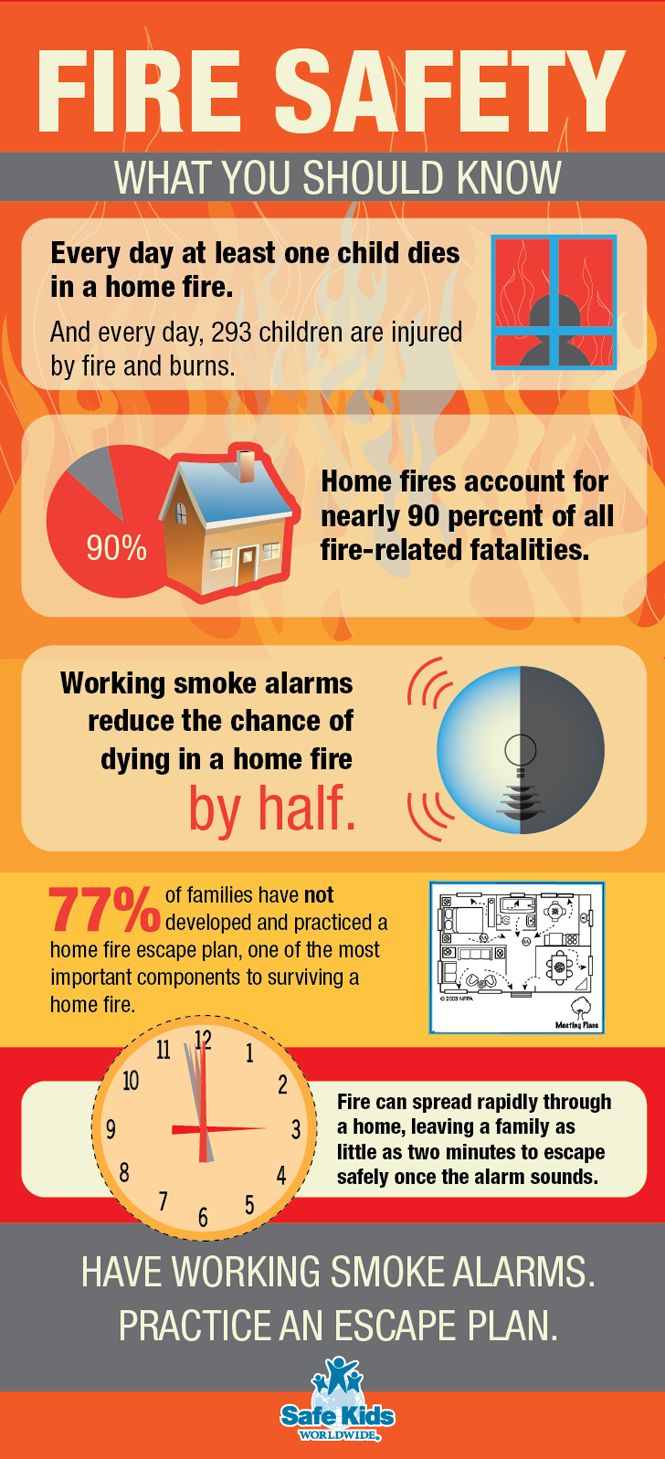Beware of people who have been wounded, they know very well how to survive, they have a skin marked by a thousand battles and their heart is protected by rusty but strong armor, they no longer admit lies or selfishness, they know how to defend themselves from words that hurt and take care of themselves, even in the most complicated situations.
These well-known types of life crossroads can be caused by several factors, you could talk about traumatic events, but in reality, if there is a dimension that spreads like a relentless virus, it is emotional pain, life hurts and hurts. in many ways. In fact, sometimes you don’t need to get a unique and devastating impact to feel a deep wound that no one sees.
- Is there a very illustrative book on the subject entitled “Microagressions in everyday life?(In free translation.
- Microagressions on a daily basis).
- Which speaks precisely of these small aggressions that can be received daily through language and treatment that.
- Without becoming direct blows against our body.
- Form a vital and emotionally heartbreaking erosion.
Life hurts and spreads its aggressive claws in different ways and through various mechanisms, so much so that many people walk down the street with open wounds, without being able to recognize them, but suffering their effects through helplessness, moodiness, bitterness and extreme tiredness. .
However, anyone who has been able to identify, heal and learn from them is now made of different materials and at the bottom of their heart, these people have an almost magical component: resilience.
Traumatic events, whether as a result of an accident, loss, abuse or destruction as a result of an emotional relationship, have the ability to transform us, this change can be achieved in two ways: on the one hand, by vetoing our ability to continue enjoying life, or, on the other hand, encouraging us to reinvent ourselves to be much stronger after the event, thus allowing us to take advantage of wonderful opportunities.
She’s a strange paradox. Emotional pain is like seeing a Medusa every day, that mythological creature with snakes in our heads capable of turning to stone, however, if we have a shield, we will see the monster through its reflection so that we can overcome it. to be able to destroy it.
What psychologists and neurobiologists know is that not everyone can take this step, not everyone has the ability to activate this survival mechanism installed in our brain, which we call resilience. Hans Selye, a Canadian biochemist of the early 20th century, has shown that resilience is first and foremosth an adaptation to a stressful situation. Our sympathetic nervous system needs to be “calibrated” to regain calm and balance. To do this, order certain hormones to recover this homeostasis.
If fear takes hold of us, we’re stuck. We’re heading for the stone. Often, factors such as our genetic heritage lead us more or less to be resilient and, in turn, having a traumatic childhood also has some impact on the chemistry of our brain.
Toxic stress disrupts the normal development of a child’s brain, increasing emotional vulnerability as it reaches adulthood; however, the good news is that although resilience has neurological foundations that determine us, its mechanisms can be driven.
Because heroes are not born, true heroes emerge in times of adversity.
Does the word ?Trauma literally mean “injury”. There are damages that we do not see, but whose impact reaches all areas of our existence. Richard Tedeschi, a psychologist at the University of North Carolina in the United States and a renowned expert on the subject, explains that when a person gets injured inside, the first thing he loses is trust in the world.
Your whole belief system is reversed and your confidence in the future is completely gone. There’s no present, let alone tomorrow, the work of?Reconstruction is complete and complex, it’s not like waiting for a broken bone to come together, in fact, it’s almost like having a broken soul and harvesting it piece by piece to put it back in place.
In turn, Dr. Richard Tedeschi emphasizes a very specific mistake that society at large tends to make: when a person has been mistreated as a child, when a man has to deal with the loss of his girlfriend as a result of a car accident, or when a battered woman finally leaves the abuser, it is common that the first thing many of us feel is his pity.
Besides, there are those who, without saying it out loud, think that “no one recovers, you have to force them, that’s where their life ended. “
To think it’s a mistake. We must never underestimate who was injured, brain neuroplasticity is infinite, the brain is reprogrammed and resilience reinvents us, makes us strong and offers us new shields not only to face any Medusa, but to make our way into ourselves to find new happiness.
Images provided by Anne Julie Aubry and Benjamin Lacombe.

